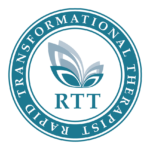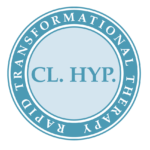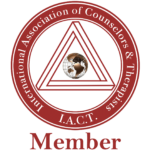Neuroplasticity
Neural pathways connect relatively distant areas of the brain or nervous system and each pathway is associated with a particular action or behaviour. Every time we think, feel or do something, we strengthen this pathway. Habits are well travelled pathways – our brain finds these things easy to do.
New thoughts and skills carve out new pathways.
Repetition and practice strengthen these pathways, forming new habits.
Old pathways get used less and weaken.
With repeated and direct attention towards a desired change, we all have the ability to rewire our brains.
Conscious vs subconscious mind
The human brain is like an iceberg.
The logical, rational, i.e. the conscious mind, thinks it is running the show, but it is only responsible for max. 5% of the mind’s activity. The subconscious mind is really controlling it all, as it is responsible for 95% of the mind’s activity. The conscious mind analyses, thinks, plans, it is responsible for the short term memory, it understands past and future. The subconscious mind stores long term memory, emotions and feelings, habits, relationship patterns, addictions, creativity, developmental stages, intuition, spiritual connection, involuntary body functions and it only understands the present.
All these form subconscious beliefs that are coded instructions, stored in the cells of the nervous system and body, as to how we should feel, act or behave or how our lives should run.
The subconscious mind is 30.000 times more powerful than the conscious mind and it runs our lives.
Subconscious programming
Subconscious programming happens very early in our lives, between the ages of 0 and 7. Children learn more subconsciously than they do consciously. Example: your mother tongue. You never forget it, you speak it fluently and effortlessly because you learned it subconsciously.
The subconscious doesn’t work on logic, it doesn’t judge, analyse or make any difference between right or wrong, good or bad. That is why behaviours that have been programmed in our minds while we were very small form a pattern that will follow us all in life, even if we consciously deny it. These patterns may be negative or positive. If negative, we get to self sabotage ourselves.
If we want to change negative patterns or beliefs we need to reprogram the subconscious mind. This is an aspect of neuroplasticity. We can intentionally program our subconscious to get the results we want in our lives. The subconscious doesn’t know the difference between what is real and what is imagined. It all depends on the words we tell ourselves and the pictures we make in our minds.



